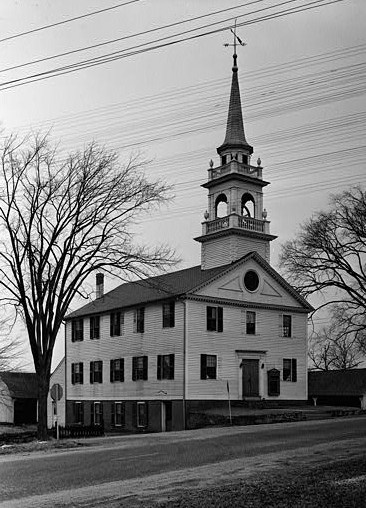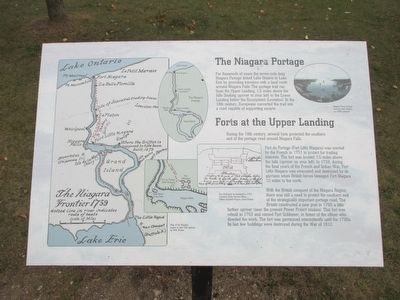Welcome to the Preston City Historic District, a captivating glimpse into Connecticut’s rich past. Founded in 1686, Preston City was established as the town center of Preston, a community originally set up to support the bustling port town of Norwich. Nestled between Old Shetucket and Amos Roads, this district has witnessed centuries of history unfold, from its early days as an agricultural hub to its status as a treasured historic district.
In the late 17th century, the area was part of the Mohegan territory, later granted to English settlers by Owaneco, the son of the Mohegan sachem Uncas. Over the years, Preston City became a vital supplier of agricultural products, flourishing particularly between the American Revolutionary War and the 1830s. This period of prosperity is still visible today through the architectural styles that grace the district, including Greek Revival, Georgian, and Federal styles.
Among the notable structures here is the Preston City Baptist Church, originally built in 1812 and later remodeled in 1832 to include its iconic three-stage steeple and bell tower. The James Treat House stands as the largest residence in the area, a testament to the wealth of successful local farmers and merchants of its time. Other significant buildings include the Mott and Downer House, built before the Revolutionary War, and the Calvin Barstow House, which once served as a meeting place for the St. James Masonic Temple.
As you explore Preston City, you’ll also find the ‘Old Town Pound,’ a stone wall enclosure that recalls the village pounds of medieval England. Such features highlight the district’s deep connection to its colonial roots and the community’s evolution over time.
Preston City is more than just a collection of historic buildings; it’s a living narrative of the town’s past, reflecting the spirit and determination of its early settlers. This district is not only a window into Connecticut’s colonial history but also a symbol of the area’s enduring legacy.



